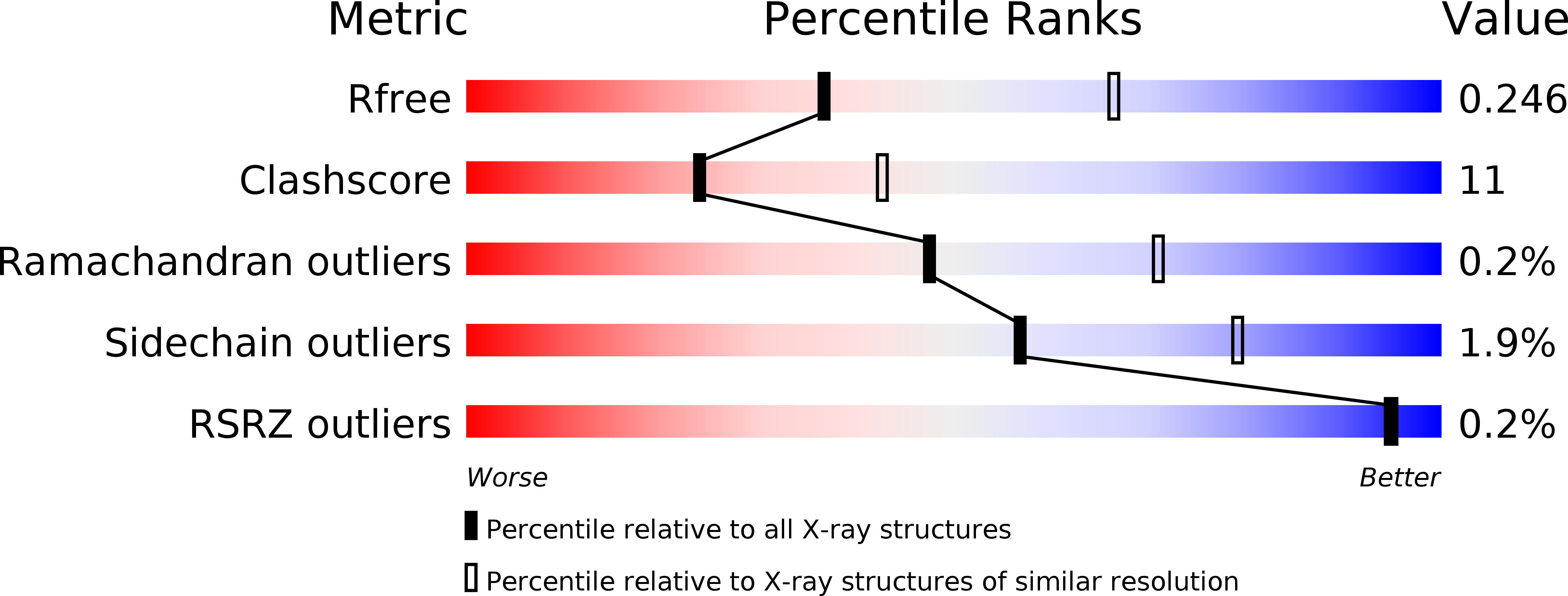
Deposition Date
2017-03-05
Release Date
2017-09-13
Last Version Date
2024-10-23
Entry Detail
Biological Source:
Source Organism:
Homo sapiens (Taxon ID: 9606)
Helicobacter pylori (Taxon ID: 102608)
Helicobacter pylori (Taxon ID: 102608)
Host Organism:
Method Details:
Experimental Method:
Resolution:
2.60 Å
R-Value Free:
0.24
R-Value Work:
0.15
R-Value Observed:
0.16
Space Group:
P 1 21 1


